Bhutan Journal

I’m a lover of scent; I’ve explored that for some time; I’ve even got a collection of rare old books on fragrance — and fragrance making. I just like to smell things. Books, pigments, antiquities, art objects, stone, leather, grass, lightning, sand, sun, flesh.
So I’ve been always curious about scent — but more to the potentials of exploring incense; making the compressed stick that, since ancient times, have been creating a fragrant space, borne of smoke. Fire heats and accelerates the molecules of the substances that are part of the scent, these ignite and vaporize as dust motes that circulate on the breeze. In Bhutan, creating offerings in the morning, in all sacred spaces is common.

The scent — in these spaces — burning juniper and cedar. And this exists not only as freshly cut plants, but as well as powdered forms.

Here, as in other countries, the notion of fragrant space has more to do with spirituality — creating sacred space. And the power of that is very strong — scent dramatically changes things, how one perceives them. In a really good way, and a really bad way.

I wanted to see how and where it is made — and it’s only made in places for sacred applications — it’s less so about the idea of a merely “pretty smelling space”.
Here is where that happens in Thimphu.

These are the raw materials — including chips of various fragrant wood types.


They are ground, to create the basic rolled ingredients and powders.
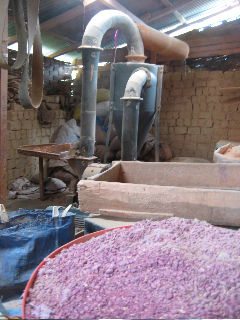

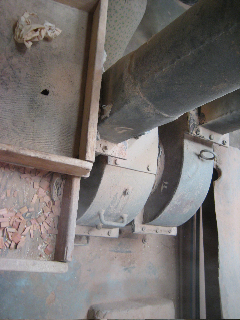

The space for crushing and compressing, and I should point out that virtually none of these environments could be, in any stretch of the imagination, be too healthy. Even toxic, given the powerful nature of taxol and other wood oils, suffused as air borne gas — pitch as floating scent.
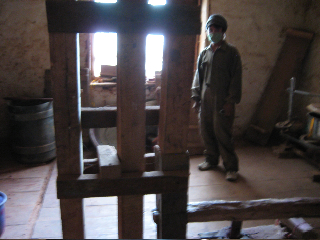
Bagging. Rolling. Forming.


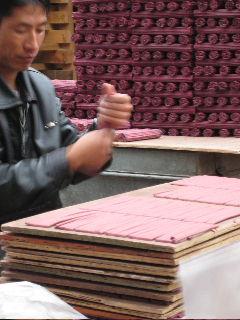
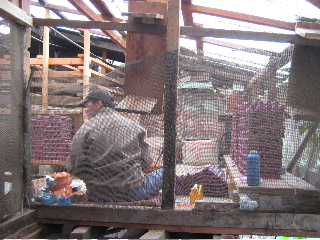
What scent, left behind…

Trackbacks/Pingbacks